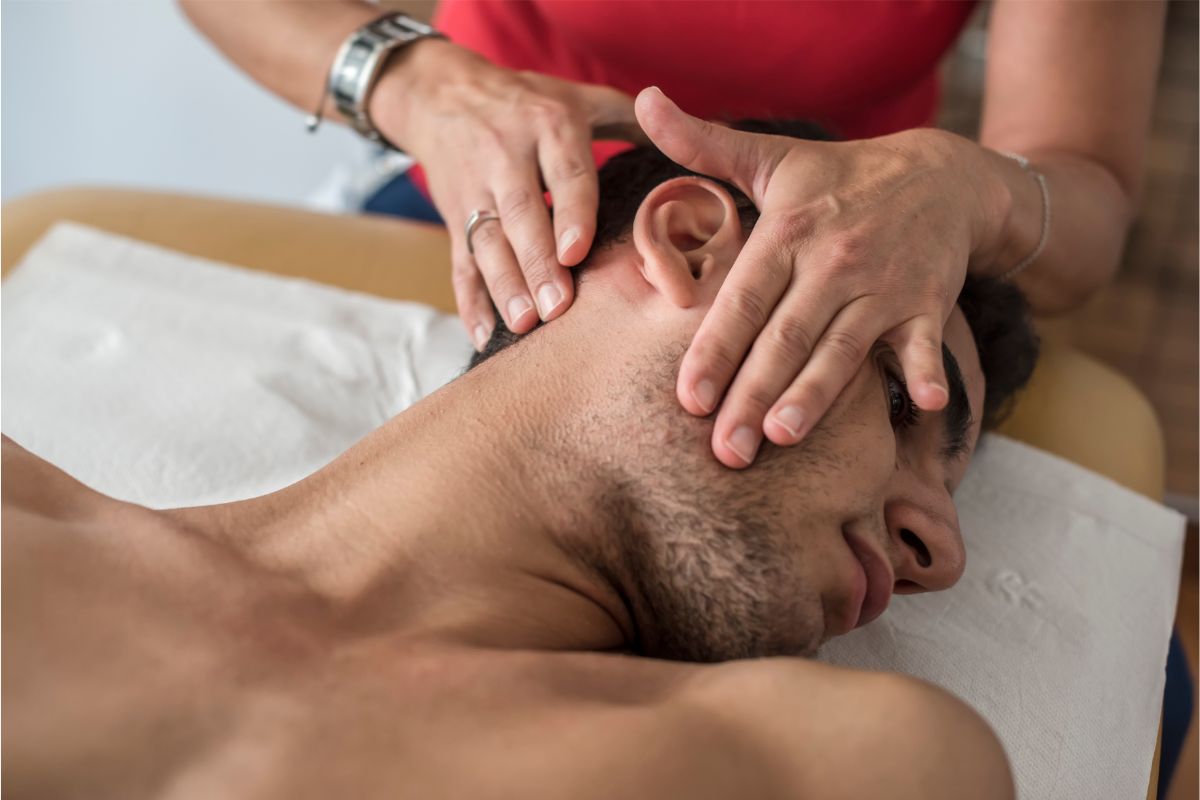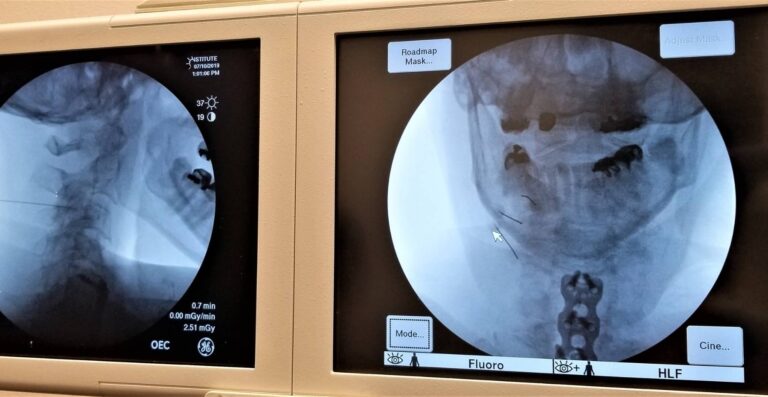For many people, neck pain is just a fact of life. However, when the pain is caused by cervical radiculopathy, it can be much more than an annoyance. In fact, you may have trouble turning your head or lifting your arms. The pain may even travel down your arm and into your hand.
Cervical radiculopathy occurs when a nerve in your neck is compressed or irritated. Cervical nerve root injury can happen due to a herniated disc, bone spur, or other problems in your neck. As a result, you feel pain and other symptoms extending from your neck to your arm.
How do you know if you have cervical radiculopathy? Read on to learn about the symptoms, diagnosis, and treatment of this condition.
Symptoms of Cervical Radiculopathy:
The cervical nerve compression symptoms can vary depending on which nerve is affected. The most common symptom is neck pain with radiculopathy that extends into your arm. You may also have weakness, numbness, or tingling in your arm or hand. These cervical nerve pain symptoms usually develop gradually over time.
In some cases, just like the cervical nerve impingement symptoms. The pain from cervical radiculopathy can be severe. It may get worse with specific activities, such as bending your neck or lifting your arms. The pain may also worsen at night.
Other Symptoms of Cervical Radiculopathy Include:
- Difficulty moving your arm or hand
- Muscle weakness in your arm or hand
- Numbness or tingling in your arm or hand
- A feeling of pins and needles in your arm or hand
- Pain that gets worse with coughing or sneezing
Diagnosis of Cervical Radiculopathy:
If you have symptoms of cervical radiculopathy, your doctor will likely start with a cervical radiculopathy exam. They’ll ask you about your symptoms and how long you’ve been experiencing them. They’ll also check for muscle weakness and numbness in your arms and hands.
Your doctor may also order imaging tests to look for problems in your neck. These tests may include an X-Ray, MRI, or CT scan. These tests can help your doctor see if you have a herniated disc or bone spur pressing on a nerve.
What is Lumbar Radiculopathy?
Cervical radiculopathy is not the only type of radiculopathy. In many cases, lumbar radiculopathy also occurs when a nerve in your lower back is compressed or irritated. This happens when there is a problem with the discs or bones in your lower back.
The symptoms of lumbar radiculopathy can vary depending on which nerve is affected. The most common symptom is pain that radiates into your leg. You may also have weakness, numbness, or tingling in your leg. These symptoms usually develop gradually over time.
In some cases, the pain from lumbar radiculopathy can be severe. Additionally, it may get worse with specific activities, such as bending your back or lifting your legs. The pain may also worsen at night.
How to Treat Radiculopathy?
Cervical radiculopathy treatments and lumbar radiculopathy treatments are typically the same. In fact, the goal of treatment is to relieve the pain and other symptoms. In many cases, this can be done with nonsurgical treatments.
Nonsurgical treatments for radiculopathy include:
Pain relievers: Over-the-counter pain relievers, such as ibuprofen, can help relieve the pain from radiculopathy.
Ice: Applying ice to the affected area can help reduce inflammation and pain.
Physical therapy: A physical therapist can teach you exercises that stretch and strengthen your neck or back muscles. These exercises can help relieve pain and improve your range of motion.
Steroid injections: Injecting a steroid into the affected area can help reduce inflammation and pain.
If nonsurgical treatments don’t relieve your symptoms, you may need surgery. Typically surgery for radiculopathy is typically done to relieve pressure on the nerve. But as with any surgery, there are risks. These risks include infection, bleeding, and nerve damage.
How can we help you?
At ReleviiMed, we offer a variety of treatments for cervical radiculopathy and lumbar radiculopathy. In brief, sympathetic Nerve Root Blocks, Medial Branch Blocks, and Epidural Steroid Injections are safe and effective ways to treat radiculopathy. These treatments can help relieve your pain and other symptoms.
The spinal cord stimulator is one of the most effective treatments for radiculopathy. In addition, this device sends electrical impulses to the nerves in your spine. These impulses help block pain signals from reaching your brain.
To learn more about our treatments for radiculopathy, contact us today. We’ll be happy to answer any questions you have.



